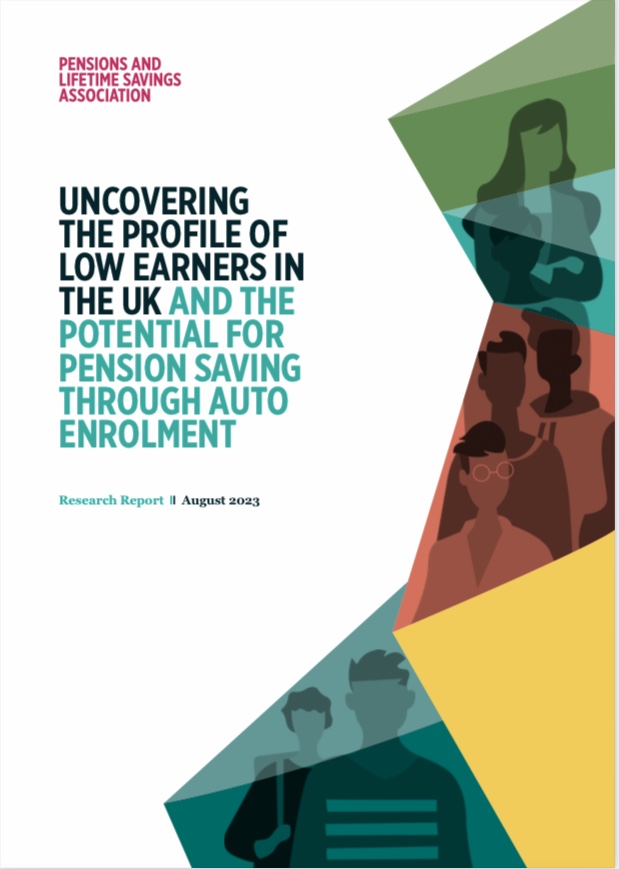Uncovering the profile of low earners in the UK and the potential for pension saving through automatic enrolment
By Pensions and lifetime savings association In the realm of pensions policy, there exists a significant knowledge gap when it comes to understanding and addressing the needs of low earners in the United Kingdom. While various segments of the population have been subject to extensive research, individuals with low incomes who are still engaged in employment have remained relatively understudied. This group represents a complex demographic, comprising diverse subgroups, who may be earning modest incomes for varying reasons and circumstances. The...










